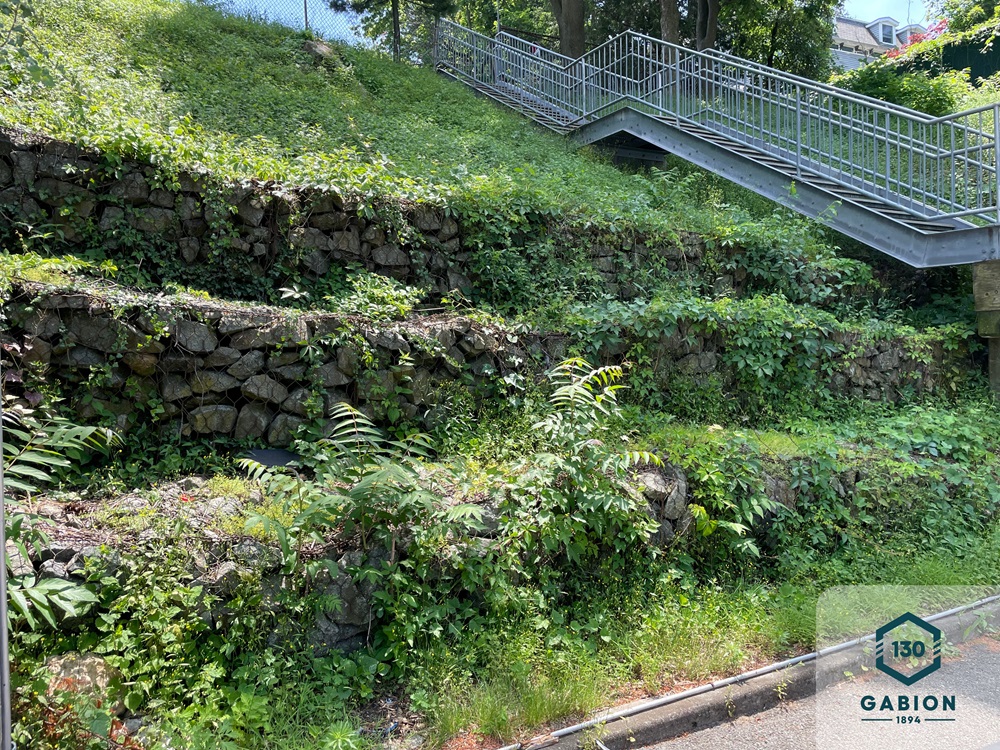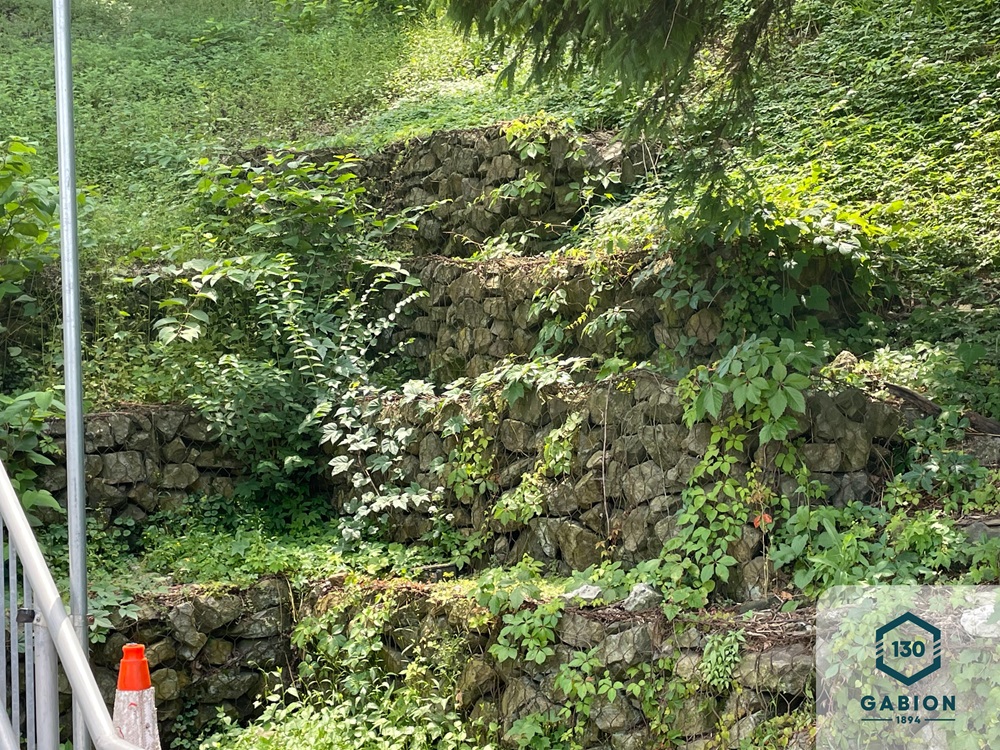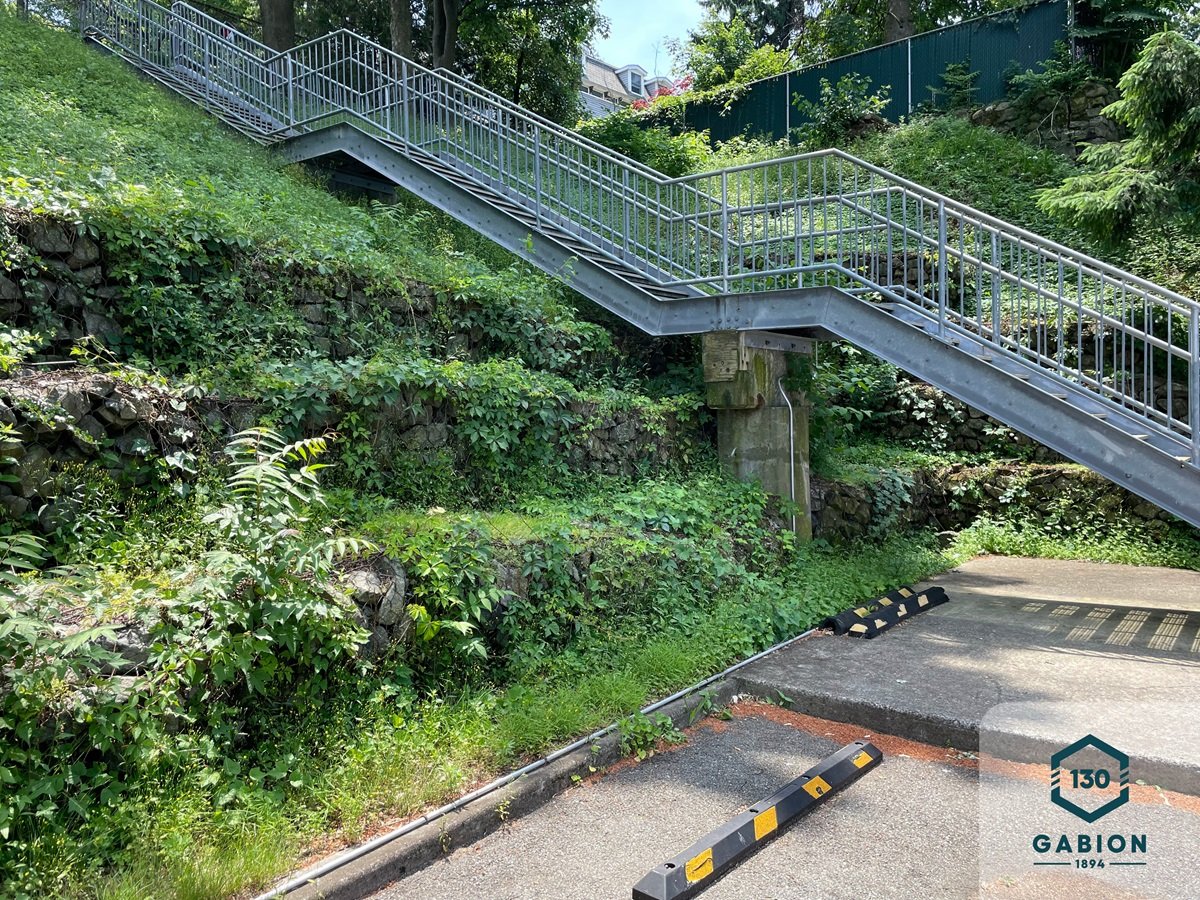03 October 2024
A Father and Son Legacy of Maccaferri Gabions
For 130 years, Maccaferri has revolutionized the way the world manages landscapes and infrastructure.
In 1894, a quiet revolution in civil engineering began with the invention of the gabion—a simple wire-and-stone structure that would soon transform the way we manage erosion and infrastructure. Hailing from the industrious heart of Bologna, this innovation would travel far from its origins, eventually leaving an indelible mark on engineering projects across the globe.
In North America, it wasn’t until the early 1980s that gabions began to gain the recognition they deserved. An article from the Staten Island Advance in 1983 featured the work of contractor Andrew Prejs, a pioneer in the use of gabions on U.S. soil. Prejs, whose work with these baskets of wire mesh and stone began in 1969, touted their resilience in replacing traditional concrete retaining walls. As he explained, the key to gabions’ success lay in their permeability, which allowed water to flow freely through the gaps, reducing strain on the structures they supported.
By the 1980s, Prejs had overseen the installation of hundreds of these walls. Yet the beginnings of this trend were modest. Gabion baskets, shipped directly from Italy due to a lack of domestic manufacturing at the time, were still a novelty to most American contractors. Prejs’ work, however, laid a foundation that would see gabions become a go-to solution for many modern engineering challenges.
One particularly notable installation, completed by Prejs in New York during the early 1970s, is believed to be among the earliest in the state. You can view the photos and video here of the project still standing in 2024.



With the gabions still a rare sight in North America, their journey from Italy to these shores marked the start of a new era—one where nature itself played a role in securing the infrastructure of our cities and towns.
Today, the story of the gabion’s rise is inextricably linked with the story of the Prejs family. Although Andrew Prejs is no longer with us, his legacy lives on through the enduring structures he helped build and the continued work of his son, Richard, who honors his father’s pioneering spirit in every project. As a dedicated employee of Maccaferri Inc. for the past 17 years, Richard’s work has followed in the footsteps of his father, ensuring that the innovations of the past continue to serve the needs of the present and future.
Reflecting on the future of gabions, Richard recently shared his thoughts with us:
“It’s incredible to see how much the technology has grown. What started as a simple wire-and-stone solution is now a cutting-edge tool for engineers worldwide. Whether it’s improving flood resilience or finding new ways to integrate natural elements into urban spaces, the potential is limitless.”
As we stand at the crossroads of tradition and innovation, the story of gabions remains as relevant as ever. From their humble beginnings in 1894 to the state-of-the-art solutions of today, these versatile structures have become a cornerstone of modern engineering. And with figures like Richard Prejs carrying on the legacy started by pioneers like his father, the future of gabions looks brighter than ever.
For Maccaferri, the gabion is more than just a product—it is a testament to the enduring power of innovation, family, and the connection between engineering and the natural world. As we celebrate over 130 years of this remarkable invention, we honor the families and the visionaries who continue to build a future grounded in resilience and ingenuity.
Happy 130 Years of the Gabion!
